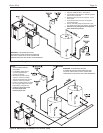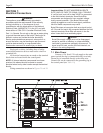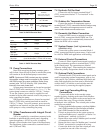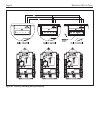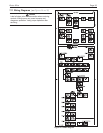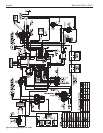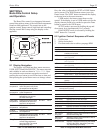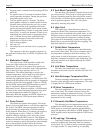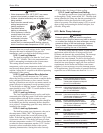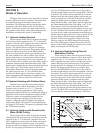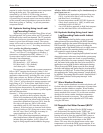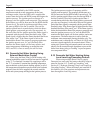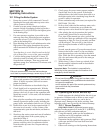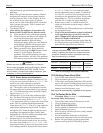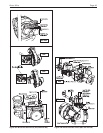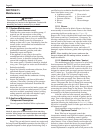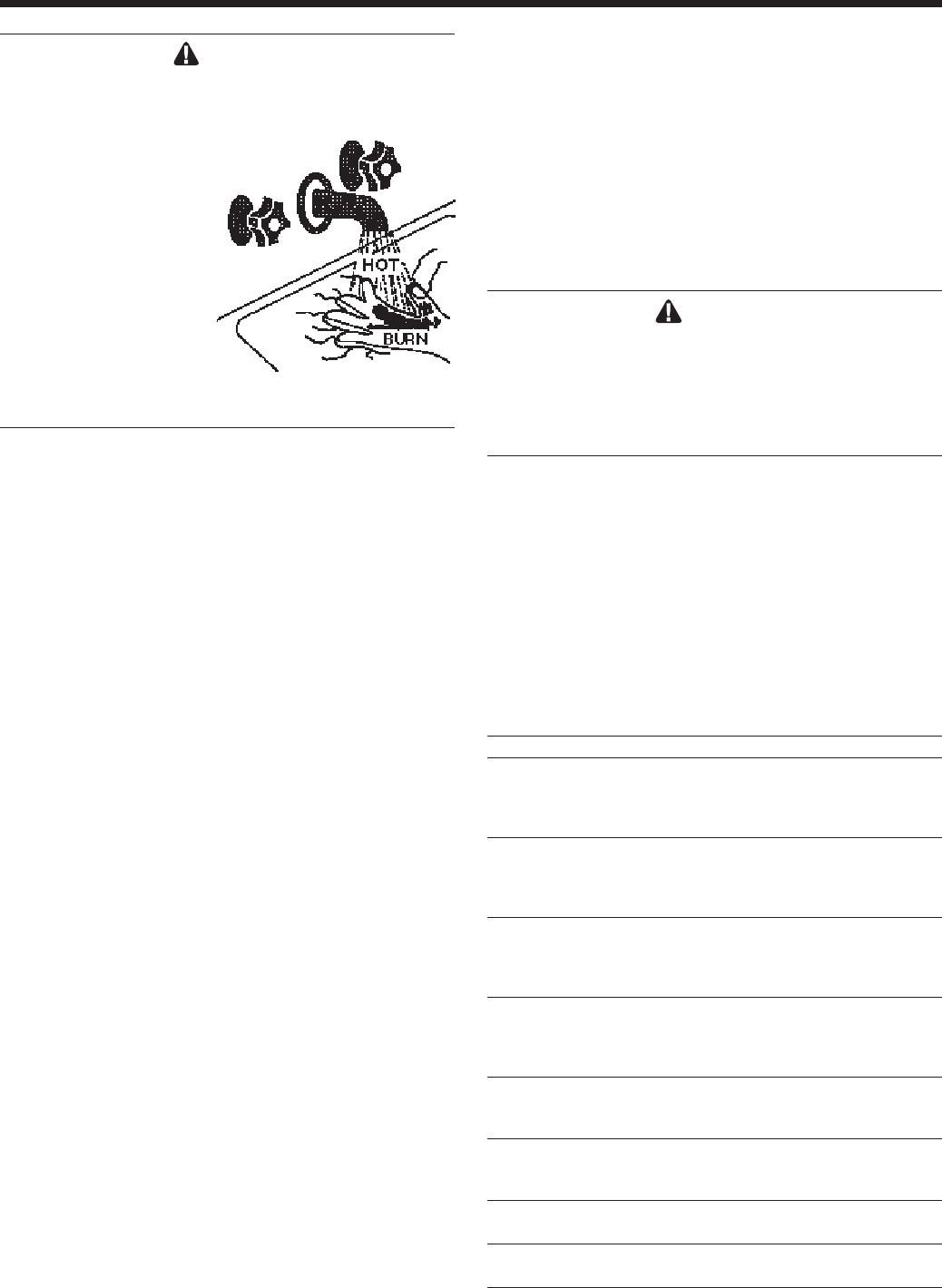
Brute Elite
Page 39
NAME FUNCTION VALUE
CH on Burner demand begins when the 5°F
differential outlet water temperature reaches
"Outlet water temperature setpoint"
minus "CH on differential"
CH off Burner demand ends when the 5°F
differential outlet water temperature reaches
"Outlet water temperature setpoint"
plus "CH off differential"
DHW on Burner demand begins when the 2°F
differential outlet water temperature reaches
(80-285)
"Outlet water temperature setpoint" 5°F
minus "DHW on differential"
(399-850)
DHW off Burner demand ends when the 10°F
differential outlet water temperature reaches
(80-285)
"Outlet water temperature setpoint" 5°F
plus "DHW off differential"
(399-850)
Pump Operates the pump for the overrun 1 or 5
overrun time after the burner demand minutes
has ended
High Locks the boiler out when the high 200°F
limit limit temperature is reached
(requires manual reset)
Flame Flame signals lower than the flame 0.8Vdc
threshold threshold interrupt burner operation
DHW Time for domestic hot water priority 60 min.
priority time
Table 15. Default Control Settings.
DANGER
• Water temperature over 125°F (52°C) can cause
severe burns instantly or death from scalds.
• Children, disabled and elderly are at hightest risk of
being scalded.
• See instruction manual before
setting temperature at
heating appliance.
• Feel water before
bathing or showering.
• If this appliance is used to
produce water that could
scald if too hot, such
as domestic hot water
use, adjust the outlet
control (limit) or use temperature limiting valves to
obtain a maximum water temperature of 125°F (52°C).
operation there are several settings in the "setup" menu
structure that must be adjusted for the specific
installation, each is covered in the following sections.
8.12.1 Lead Lag Setpoint
The lead lag setpoint is set from the "user" menu
using the "LL" variable. This is the temperature the
boiler is attempting to maintain at the system sensor.
This setting doesn't control the boiler outlet
temperature, so the water temperature at the boiler outlet
may be much hotter than the system temperature
setpoint. Adjust the LL setpoint to the desired operating
temperature of the system.
8.12.2 Lead Lag Master/Slave Selection
In the SETUP menu structure, the "LL" menu
allows the lead lag system to be turned on and the boiler
to be configured as a master or slave control. In each
lead lag system there can only be one master control, so
proper selection is important to avoid operating issues.
To set the boiler to lead lag "master" operation the LL
menu should be set to "LDR". To set the boiler to slave,
"SLA" should be selected.
8.12.3 Lead Lag Address
The Lead Lag address must be set for each boiler
connected to the lead lag system. Each boiler must have
a unique address selected for the system to work
properly. Typically, the lead or master boiler should be
set to address one and the remaining boilers should be
set to values 2–8 depending upon how many boilers are
installed in the system.
8.12.4 Lead Lag Hysteresis
The lead lag system uses a hysteresis value set in
the setup menu, called, "HS". The hysteresis and
setpoint values control the on and off points of the
boiler. If the lead lag setpoint is adjusted to 120°F with
a hysteresis value of 5°F the boiler will turn off when
the water temperature reaches 125°F and will turn back
on when the water temperature reaches 115°F. Set the
hysteresis values to match the boiler to the system
operating characteristics. Setting this value correctly
will help reduce the chance of short cycling.
8.12.5 Lead Lag Base Load Setting
The lead lag system uses a base load setting that is
set through the "setup" menu called "bL". The base load
setting identifies the firing rate that the operating boiler
must achieve before the next boiler in the system is
allowed to operate. The default setting is 50% to avoid
short cycling and operating the boilers at higher, less
efficient, firing rates.
8.13 Boiler Pump Interrupt
WARNING
Failure to plumb, pump and install the appliance
correctly when using this feature may lead to reduced
or no water flow through the heat exchanger, causing
premature failure of the heat exchanger, personal
injury or death. Please consult the factory with any
questions regarding the use of this feature.
The boiler pump interrupt feature is used in some
applications when the boiler is being used for both
hydronic and domestic hot water heating. The interrupt
jumper is used to turn off the boiler pump during a
domestic hot water demand. For this to work properly
the system must be plumbed and pumped to allow the
domestic hot water pump to supply the flow and head
requirements for the boiler and indirect water heater
together. It is not necessary to use the interrupt jumper
in all applications. Specific modes of operation that may
require the use of this feature are shown in Section 6.



